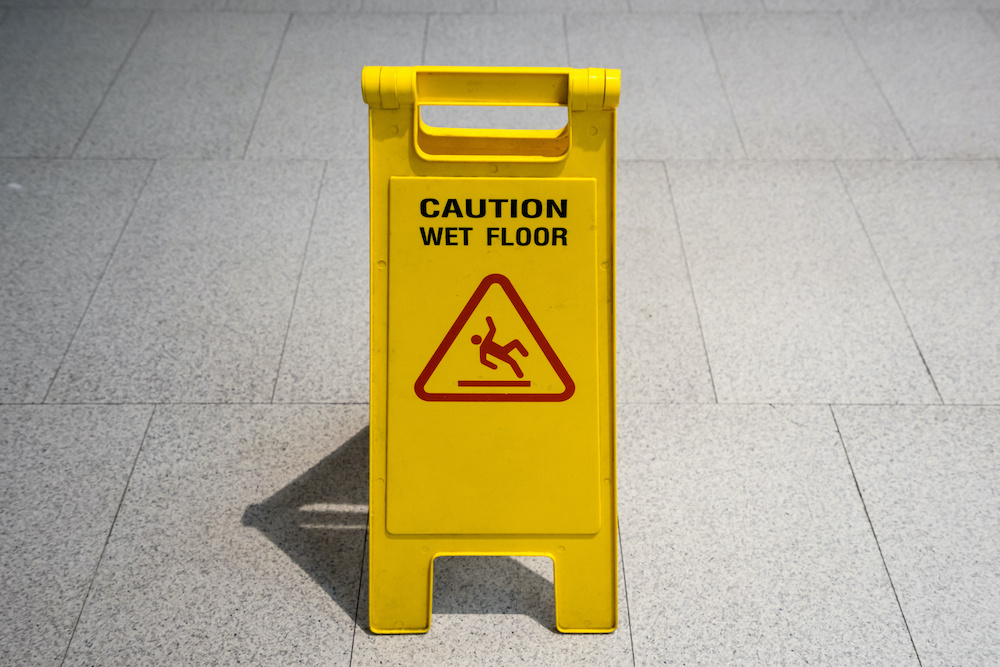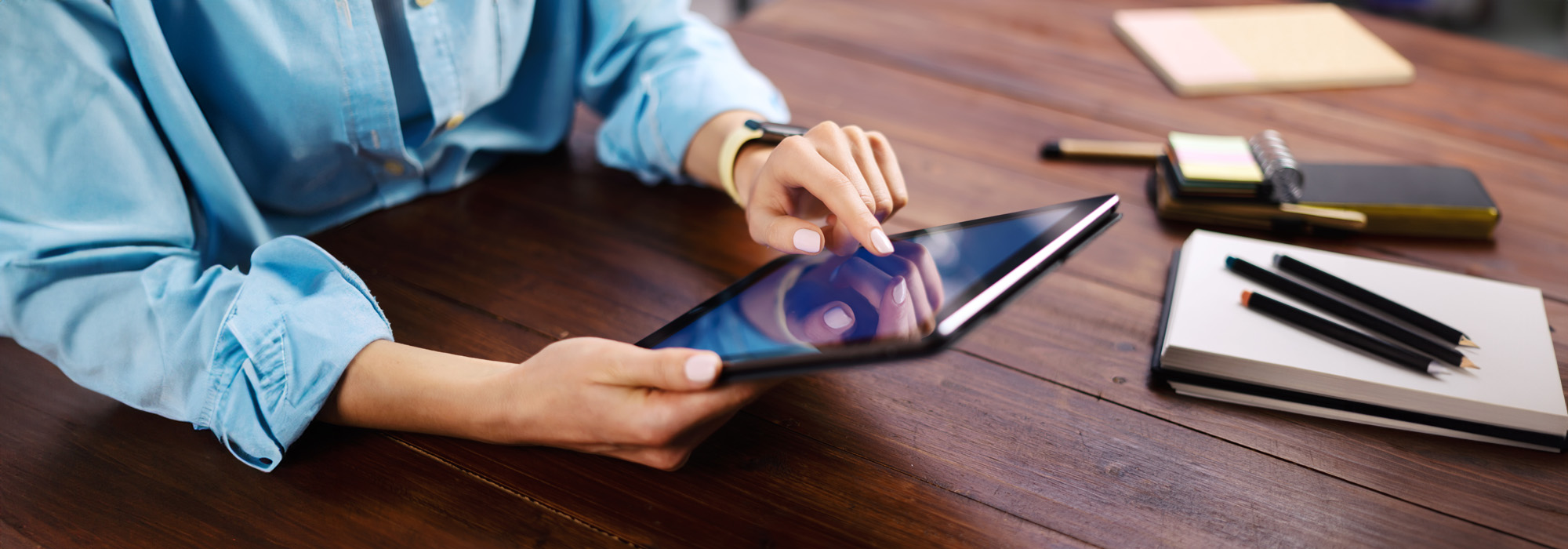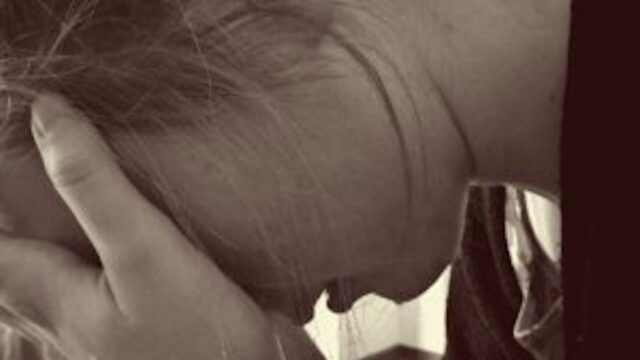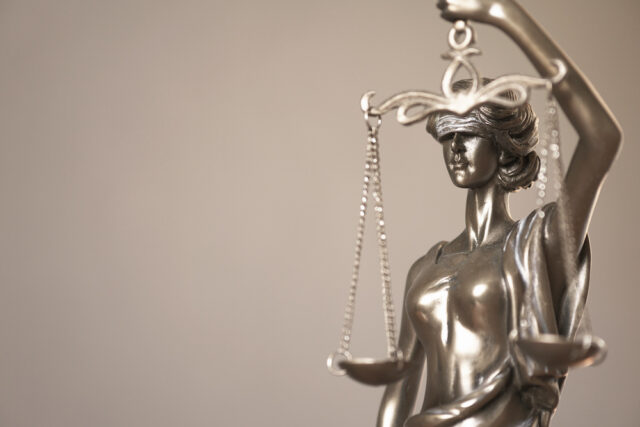
You may make a diligent effort to observe all the safety regulations enforced on the railroad site you work on. Even so, one small misstep and you may find yourself slipping, tripping, and falling. Further, you may have sustained a serious injury or injuries as a result. Without further introduction, please follow along to find out how you might slip and fall on the railroad and how one of the proficient railroad slip and fall lawyers at Hildebrand McLeod & Nelson LLP can help you recover in the aftermath of it all.
How might I slip and fall while working on the railroad?
Generally speaking, if your railroad company employer fails to upkeep your work site, you may be more susceptible to a slip and fall mishap. More specific scenarios of when this might happen are as follows:
- You may fall due to spills from trains or leaking equipment left uncleaned or not blocked off.
- You may fall due to tools, equipment, or other items left unattended in work areas and clutter the designated walkways.
- You may fall due to defective equipment used to navigate the work site, such as ladders, stairways, handrails, platforms, and more.
- You may fall due to inadequate lighting in rail yards or on walkways where you cannot detect changes in terrain or other obstructions.
What if my injuries don’t become apparent until days later?
You may be able to pick yourself back up and “walk it off,” so to speak, right after your slip and fall. However, even if you are tempted to brush it off as no big deal and move on, it is in your best interest to report the incident to your railroad company employer. This is in addition to going straight from the work site to an emergency room or primary healthcare provider.
All of this is because you may have an underlying injury that does not become apparent until days later. For example, if you hit your head on the ground upon falling, a serious traumatic brain injury may develop hours, days, or weeks later, and can only be diagnosed after a professional clinical assessment.
Overall, early intervention is critical for your physical health and to prevent this injury from progressing to the point of being life-altering, life-threatening, or life-ending. But on top of this, taking these immediate steps may simplify your upcoming Federal Employers’ Liability Act (FELA) claim. Otherwise, the defendant, your employer, may have an easier time challenging the connection between your claimed injuries and the slip and fall accident.
Lastly, while still standing at the accident site, you should document what hazardous condition exactly caused you to slip and fall in that moment. This may be capturing a photo of a loose cable, hose, or other item obstructing a poorly lit walkway. Or, taking measures to preserve the defective tool or equipment that prompted your fall.
In conclusion, if you still have lingering questions at this point in time, please do not hesitate to reach out to one of the talented FELA lawyers. The team at Hildebrand McLeod & Nelson LLP will certainly be the perfect fit for you.


